A credit score is a numerical representation of an individual’s creditworthiness, derived from the information contained in their credit report. This score typically ranges from 300 to 850, with higher scores indicating better credit health. Credit scores are calculated based on several factors, including payment history, amounts owed, length of credit history, types of credit used, and new credit inquiries.
Understanding these components is crucial for anyone looking to secure a loan, as lenders use this score to assess the risk of lending money to a borrower. Your credit report, on the other hand, is a detailed account of your credit history. It includes personal information such as your name, address, and Social Security number, as well as your credit accounts, payment history, and any public records like bankruptcies or foreclosures.
Regularly reviewing your credit report is essential, as it allows you to identify any inaccuracies or fraudulent activities that could negatively impact your score. In the United States, consumers are entitled to one free credit report per year from each of the three major credit bureaus: Experian, TransUnion, and Equifax. By taking advantage of this opportunity, individuals can ensure their credit reports are accurate and up-to-date.
Key Takeaways
- Understanding your credit score and report is crucial before applying for a loan.
- Traditional lenders and banks offer competitive rates but may have stricter credit requirements.
- Online lenders and alternative options provide flexibility and convenience, but may have higher interest rates.
- Using collateral can help secure a loan and potentially lower interest rates.
- Seeking a co-signer can increase your chances of approval, especially with bad credit.
Exploring Traditional Lenders and Banks
Traditional lenders, such as banks and credit unions, have long been the go-to sources for personal loans. These institutions typically offer a range of loan products with varying terms and interest rates. One of the primary advantages of borrowing from a traditional lender is the potential for lower interest rates compared to alternative lending options.
Banks often have stringent lending criteria, which means they may require a higher credit score and a stable income to qualify for a loan. However, for those who meet these criteria, the benefits can be substantial. In addition to competitive interest rates, traditional lenders often provide a sense of security and reliability.
Established banks have a long-standing reputation and are regulated by government entities, which can offer borrowers peace of mind. Furthermore, many banks provide personalized customer service and financial advice, helping borrowers navigate the complexities of loan applications and repayment plans. However, it is essential to be aware that the application process can be lengthy and may involve extensive documentation.
For individuals with bad credit, securing a loan from a traditional lender may be challenging but not impossible; some banks have specific programs designed to assist those with less-than-perfect credit histories.
Considering Online Lenders and Alternative Options

In recent years, online lenders have emerged as a popular alternative to traditional banks. These digital platforms often provide a more streamlined application process, allowing borrowers to apply for loans from the comfort of their homes. Online lenders typically have fewer overhead costs than brick-and-mortar banks, which can translate into more competitive interest rates and flexible terms.
Additionally, many online lenders specialize in catering to individuals with bad credit, offering loans that might not be available through traditional channels. However, while online lending can be convenient and accessible, it is crucial for borrowers to conduct thorough research before committing to a loan. The proliferation of online lenders has also led to an increase in predatory lending practices.
Borrowers should be wary of lenders that charge exorbitant fees or offer loans with terms that seem too good to be true. Reading reviews and checking the lender’s reputation with organizations like the Better Business Bureau can help ensure that borrowers are making informed decisions. Furthermore, understanding the terms and conditions of any loan agreement is vital to avoid falling into a cycle of debt.
Using Collateral to Secure the Loan
| Collateral Type | Value | Loan Amount |
|---|---|---|
| Real Estate | 500,000 | 400,000 |
| Vehicle | 20,000 | 15,000 |
| Equipment | 50,000 | 40,000 |
For individuals with bad credit, using collateral to secure a loan can be an effective strategy to improve their chances of approval. Collateral refers to an asset that a borrower pledges as security for a loan; this could include property, vehicles, or savings accounts. By offering collateral, borrowers reduce the lender’s risk since the lender has the right to seize the asset if the borrower defaults on the loan.
This arrangement can lead to lower interest rates and more favorable terms compared to unsecured loans. However, while using collateral can make it easier to obtain financing, it is essential for borrowers to carefully consider the implications of this decision. If they fail to repay the loan as agreed, they risk losing their pledged asset.
This potential loss can create significant financial strain and emotional distress. Therefore, borrowers should assess their ability to repay the loan before proceeding with this option. Additionally, it is wise to evaluate the value of the collateral being offered; if it significantly exceeds the loan amount, it may provide additional leverage in negotiations with lenders.
Seeking a Co-Signer for the Loan
Another viable option for individuals with bad credit is to seek a co-signer for their loan application. A co-signer is someone who agrees to take responsibility for repaying the loan if the primary borrower defaults. This arrangement can significantly enhance the chances of loan approval since lenders view co-signers as an additional layer of security.
Typically, co-signers are individuals with stronger credit histories who are willing to support the borrower in their financial endeavors. Having a co-signer can also lead to more favorable loan terms, including lower interest rates and higher borrowing limits. However, it is crucial for both parties to understand the responsibilities involved in this arrangement.
The co-signer’s credit score will be affected by any missed payments or defaults on the loan, which could strain personal relationships if financial difficulties arise. Open communication between the borrower and co-signer is essential throughout the loan process to ensure that both parties are aware of their obligations and any potential risks involved.
Exploring Government Assistance Programs

Access to Affordable Loans and Grants
Government programs can provide valuable resources and support for individuals struggling with bad credit who are seeking financial assistance. Various federal and state initiatives aim to help low-income individuals access affordable loans or grants for specific purposes such as home buying or education. For instance, the Federal Housing Administration (FHA) offers mortgage insurance programs that allow borrowers with lower credit scores to qualify for home loans with more lenient requirements.
Partnerships with Local Community Organizations
Additionally, local community organizations often partner with government agencies to provide financial education and assistance programs tailored to individuals facing economic hardships. These programs may include workshops on budgeting and credit management or direct financial assistance for those in need.
Empowering Better Financial Management
By exploring these options, borrowers can gain access to resources that not only help them secure loans but also empower them with knowledge and skills for better financial management in the future.
Improving Your Credit Score Before Applying
Before applying for a loan, individuals with bad credit should consider taking proactive steps to improve their credit scores. A higher credit score can open doors to better loan options and more favorable terms. One effective strategy is to review your credit report for errors or inaccuracies that could be dragging down your score.
Disputing these errors with the credit bureaus can lead to corrections that positively impact your score. Another way to boost your credit score is by paying down existing debts and making timely payments on all current obligations. Reducing your credit utilization ratio—essentially how much of your available credit you are using—can also contribute positively to your score.
Additionally, establishing a consistent payment history by setting up automatic payments or reminders can help ensure that you never miss a due date. These small but significant changes can lead to noticeable improvements in your credit profile over time.
Evaluating the Risks and Benefits of Securing a Loan with Bad Credit
Securing a loan with bad credit comes with its own set of risks and benefits that borrowers must carefully evaluate before proceeding. On one hand, obtaining financing can provide immediate relief or enable individuals to make necessary purchases or investments that could improve their financial situation in the long run. For example, consolidating high-interest debts into a single loan with more manageable payments can alleviate financial stress and help borrowers regain control over their finances.
Conversely, loans for individuals with bad credit often come with higher interest rates and less favorable terms than those available to borrowers with good credit histories. This reality can lead to increased monthly payments and a longer repayment period, potentially resulting in a cycle of debt if not managed properly. Additionally, borrowers should be cautious about predatory lending practices that target those with poor credit; understanding all terms and conditions before signing any agreement is crucial in avoiding pitfalls that could exacerbate financial difficulties.
In conclusion, navigating the world of loans with bad credit requires careful consideration of various factors—from understanding one’s credit score and exploring different lending options to evaluating risks associated with borrowing. By arming themselves with knowledge and taking proactive steps toward improving their financial health, individuals can make informed decisions that align with their long-term goals.
FAQs
What is a 10k loan with bad credit?
A 10k loan with bad credit refers to a loan of $10,000 that is available to individuals with a poor credit history or low credit score.
How can I get a 10k loan with bad credit?
To get a 10k loan with bad credit, you can explore options such as online lenders, credit unions, or peer-to-peer lending platforms that specialize in providing loans to individuals with poor credit.
What are the requirements for a 10k loan with bad credit?
The specific requirements for a 10k loan with bad credit may vary depending on the lender, but generally, you will need to provide proof of income, employment information, and other financial documents. Some lenders may also require collateral for the loan.
What are the interest rates for a 10k loan with bad credit?
Interest rates for a 10k loan with bad credit are typically higher than those for borrowers with good credit. The exact interest rate will depend on factors such as the lender, your credit history, and the loan term.
What are the repayment terms for a 10k loan with bad credit?
Repayment terms for a 10k loan with bad credit can vary, but they generally range from a few months to several years. It’s important to carefully review the terms and conditions of the loan before agreeing to ensure you can afford the monthly payments.
Can I improve my credit with a 10k loan with bad credit?
If you make timely payments on your 10k loan with bad credit, it can potentially help improve your credit over time. However, it’s important to be cautious and ensure that you can afford the loan before taking on additional debt.













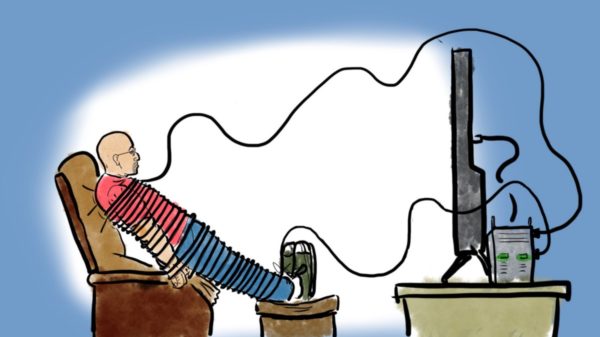




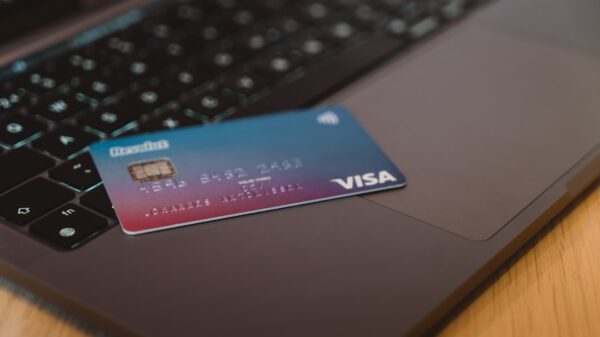


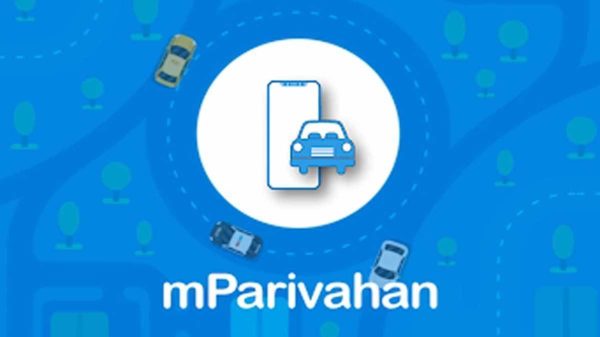




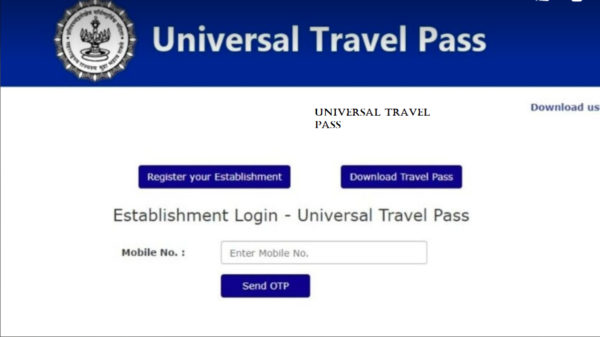










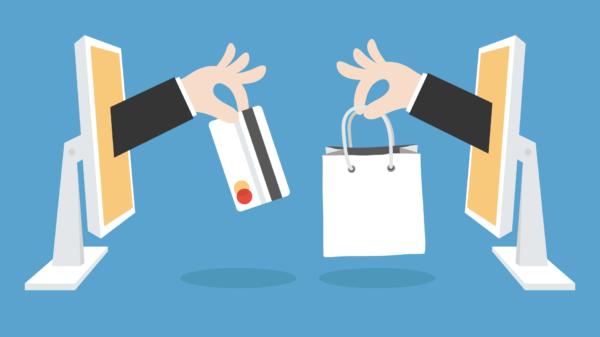

















You must be logged in to post a comment Login